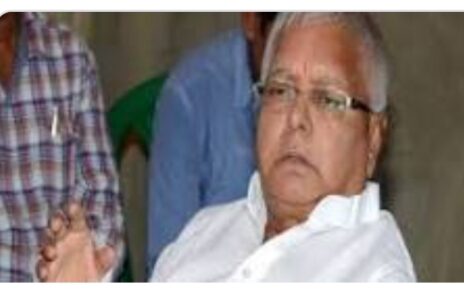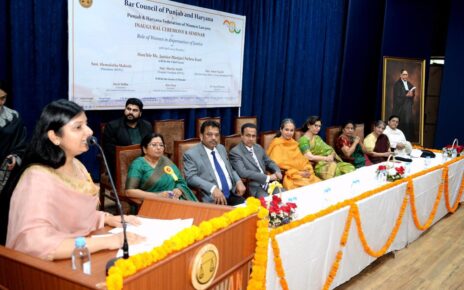New Delhi
While Indian Railway Catering and Tourism Corporation (IRCTC) is leaving no stone unturned to provide quality services to passengers on train, not all efforts are going down well with the company in terms of revenue. For IRCTC to up the food quality in trains, it says it has to bring down the quantity.
Why is IRCTC bringing down food quantity in trains?
According to a 2017 Comptroller and Auditor General (CAG) report, the food on board trains did not meet desired standards. Since then, IRCTC has been making all efforts to improve quality of food. However, this is costing them Rs 150 per person for a full meal plate, whereas they charge Rs 112 from the passengers, resulting in losses for the catering arm of the Indian Railways.
To reduce meal costs, IRCTC has proposed cutting down quantity of dal from the current 150 gm to around 100 gm and to provide 120 gm of boneless chicken gravy instead of chicken pieces, besides adding dry vegetables.
“IRCTC has sent its proposal to the Railway Board, the top decision-making body of the Indian Railways. Once approved, the new services will be first introduced in 27 Rajdhani and Shatabdi trains,” the official said.
IRCTC has also proposed changing the manner in which meals are served — to packaged disposable plates from plastic trays. “It will help us maintain hygiene standards,” the official added.
What’s on the menu now?
While it is quality over quantity for IRCTC, this will mean that passengers will have to say goodbye to some of their meal-time favourites.
IRCTC has drawn up a proposal under which it could take items such as soup, breadsticks, butter and sandwiches off the plate. Also, instead of serving full meals, passengers may get vegetarian and non-vegetarian rice combos.
A panel of catering experts has informed IRCTC that its meal trays are overladen — holding 900 grams of food per meal against 750 grams in a normal Indian diet.




